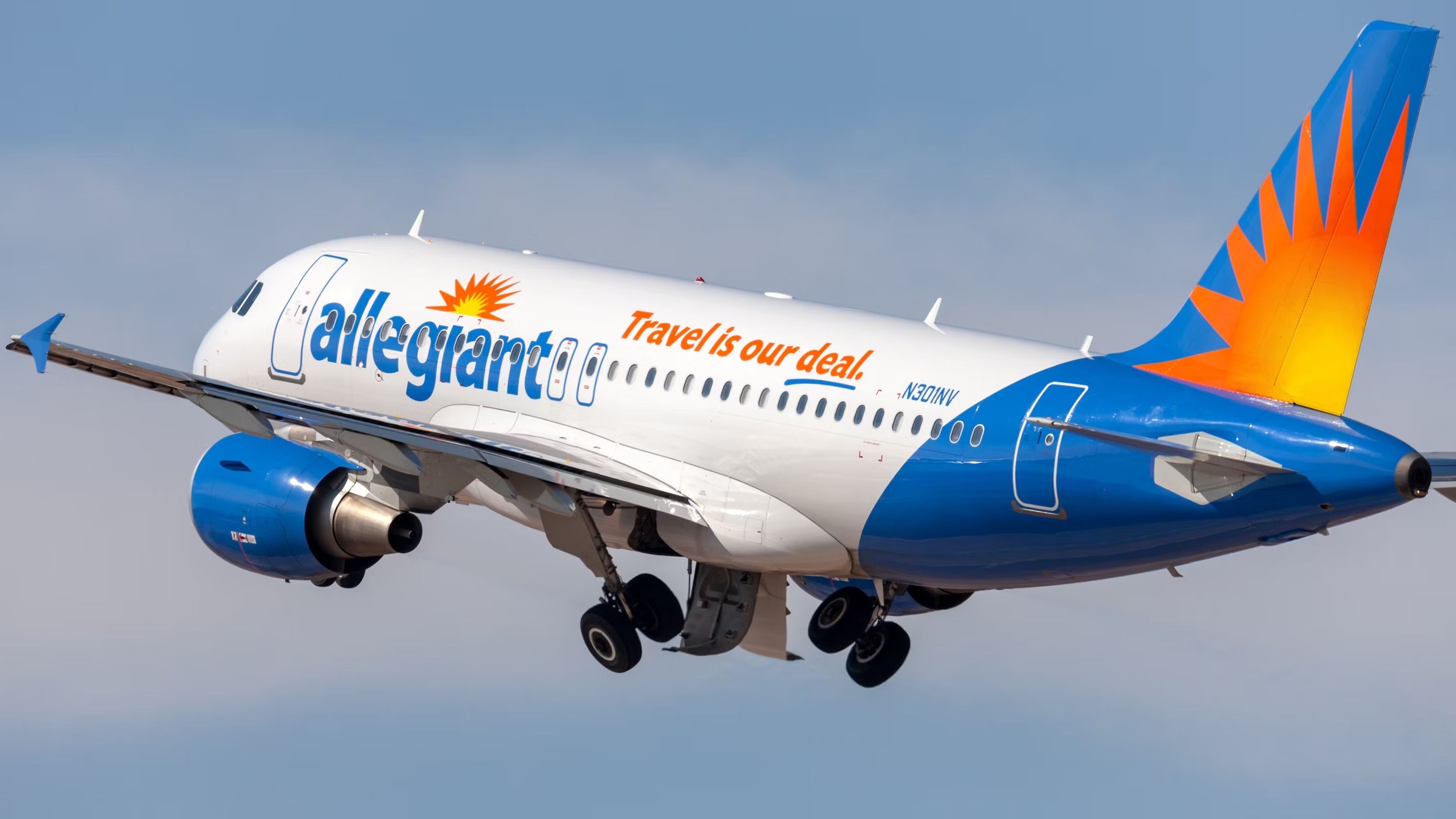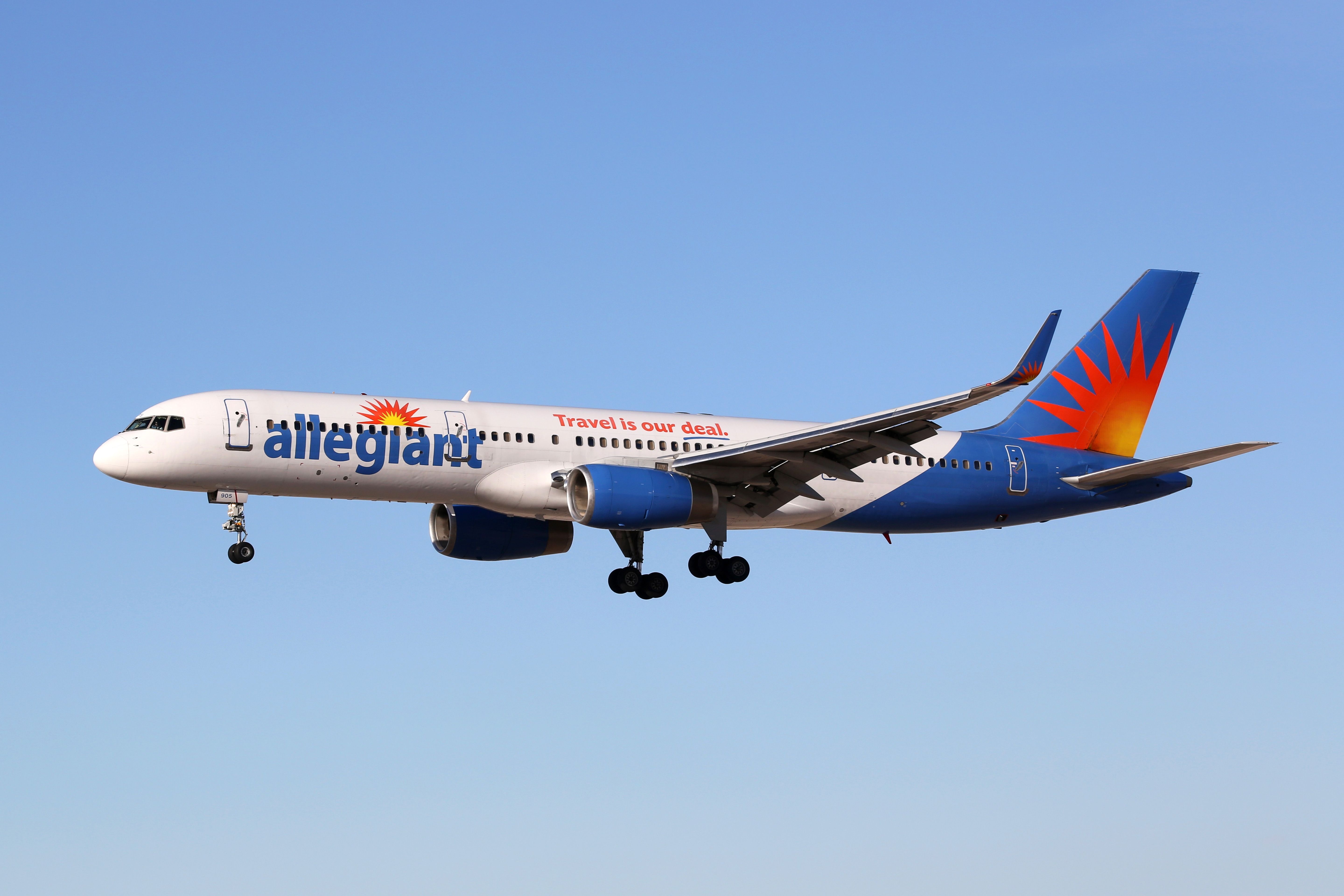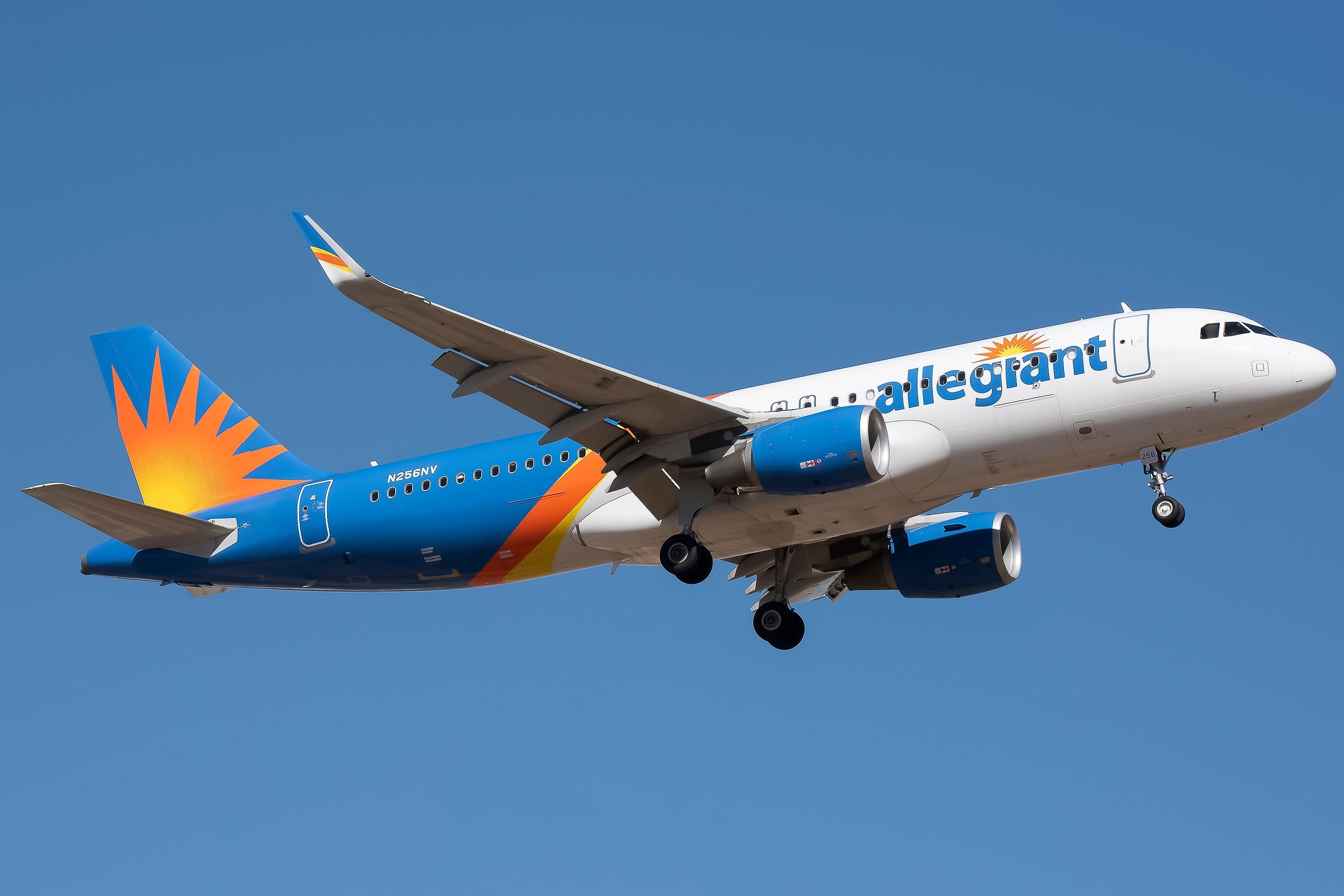Summary
- Allegiant Air, headquartered in Las Vegas, is a significant player in the budget market.
- The airline has evolved from an all-McDonnell-Douglas fleet to one consisting entirely of Airbus jets.
- After facing challenges, including bankruptcy and restructuring, Allegiant has rebounded and is now focusing on further expansion.
Headquartered in Las Vegas, Nevada, ultra-low-cost carrier Allegiant Air is one of the key players in the budget market. With 1.13% of the US aviation market in the second quarter of 2023, the carrier sits as the fourteenth-largest passenger airline in the United States.
Allegiant flies more than 120 Airbus narrowbodies to many domestic destinations, with Florida being a key region. Next year will mark 25 years since the carrier's foundation as WestJet Express in January 1997 by entrepreneur Maury Gallagher.
Get the latest aviation news straight to your inbox: Sign up for our newsletters today.
While the airline was formed under the WestJet Express brand, similarities to existing Canadian carrier WestJet forced a rethink. This prompted a name change to Allegiant Air, under which the airline commenced operations in October 1998. In the 25 years that have followed, its fleet has evolved from an all-McDonnell-Douglas affair to one consisting entirely of Airbus products. However, that is set to change with a surprising order for Boeing 737 MAX aircraft.
The early years
After its name change was approved, Allegiant received certification in June 1998. This allowed it to operate charter flights within the US, as well as to neighboring Canada and Mexico. Four months later, the carrier launched commercial flights, commencing operations out of Las Vegas.
Expansion, however, would bring along various challenges for the carrier. By the turn of the century, the airline was inaugurating a new hub in Long Beach while simultaneously filing for Chapter 11 bankruptcy.
Into the 21st century
A year later, Allegiant exited this form of financial protection. The initial filing had come about due to high operating costs, specifically pertaining to fuel. As such, the airline was restructured, and, as a result, Maury Gallagher took control of the company and switched to a low-cost business model. Shortly after, it began flying McDonnell Douglas MD-80 family jets.
As the 2000s went on, Allegiant also began to diversify its offerings. For example, in 2004, it also started allowing passengers to book flight and hotel packages from 13 cities to Las Vegas. Later in the decade, Phoenix-Mesa Gateway (AZA) became a critical operating base for Allegiant. By 2010, it had flown one million passengers from this airport.
Since 2010
In the last 13 years, Allegiant has seen a considerable overhaul of its fleet. For example, 2010 saw it introduce the Boeing 757-200 for services to Hawaii. However, the routes from Las Vegas and Fresno to Honolulu were reasonably short-lived. The 757s and MD-80s all left and have been replaced by Airbus A319s and A320s. In January 2022, the carrier placed an order for 50 Boeing 737 MAX jets, to the surprise of many who expected the airline to stick with an all-Airbus fleet.
While the coronavirus took its toll on the carrier, the airline has bounced back from the pandemic lull and has emerged stronger. The parent company behind the airline, the Allegiant Travel Group, has sought to diversify its holdings, expanding into other travel and leisure sectors. Recently, Maury Gallagher returned to leading the carrier as CEO and will likely seek to continue expansion going forward.




